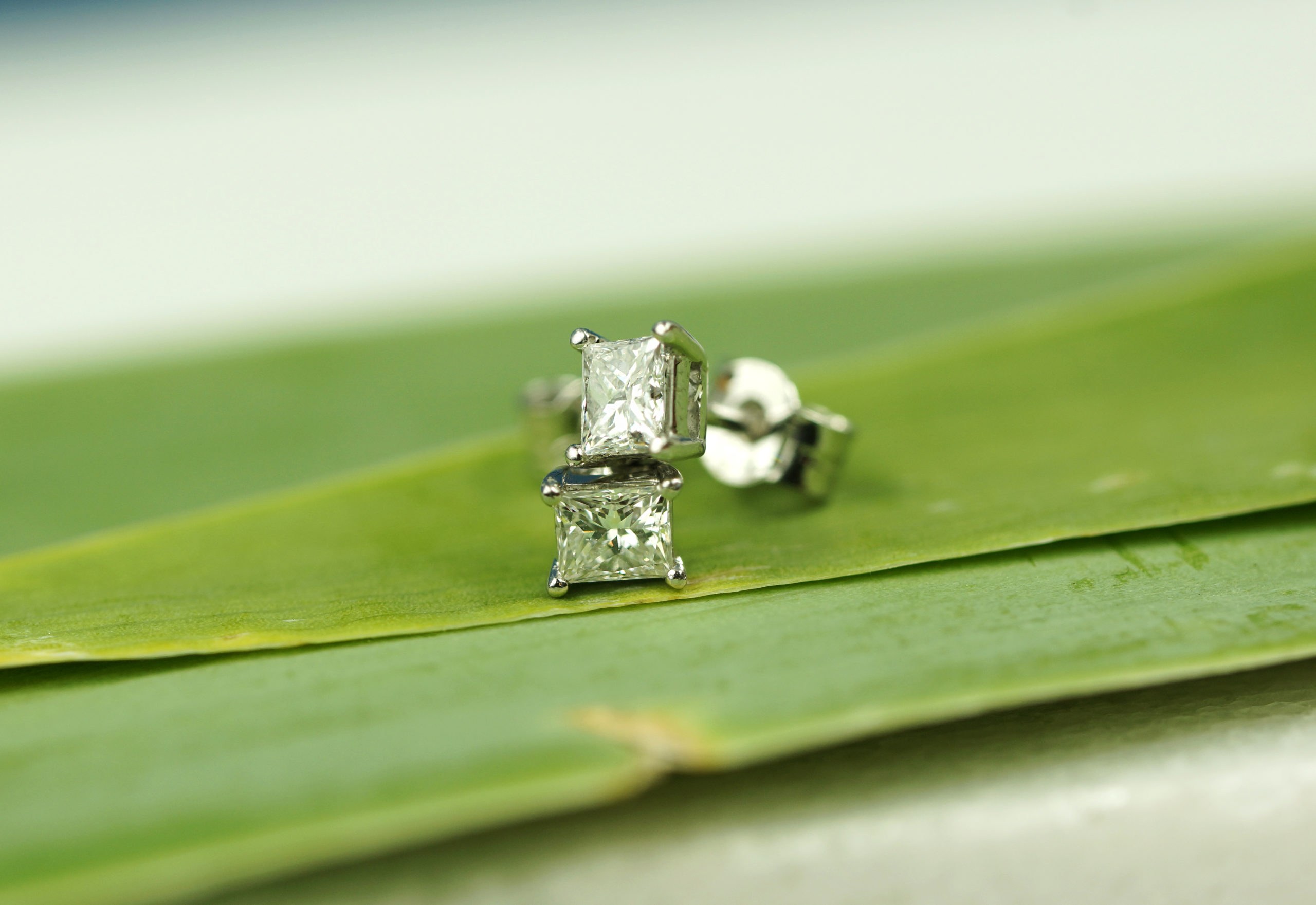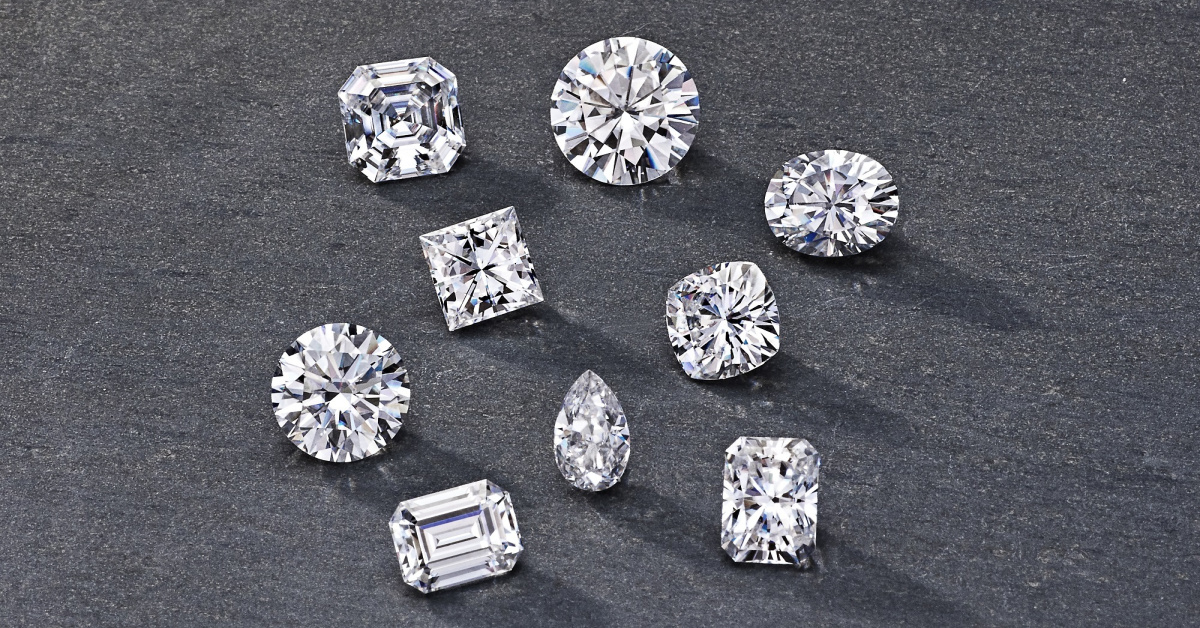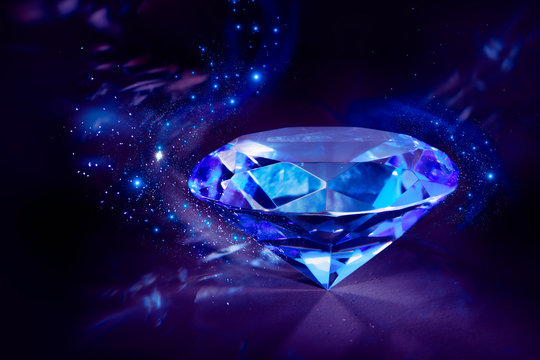Introduction to Ethical Diamonds
In today’s conscientious consumer landscape, the demand for ethical diamonds continues to rise. Ethical diamonds are sourced under stringent guidelines to ensure they are conflict-free and mined with respect for human rights and the environment.
Types of Ethical Diamonds
Ethical diamonds encompass certified diamonds and those verified to be conflict-free, offering consumers assurance of their responsible origins.
Ethical Diamond Certification
Certification bodies like the Kimberley Process and others set standards for ethical diamond sourcing, covering criteria from mining practices to supply chain transparency.
Ethical Mining Practices
Sustainable mining techniques and fair labor practices are pivotal in ethical diamond production, aiming to minimize environmental impact and uphold worker welfare.
Challenges in Ethical Sourcing
Despite progress, challenges persist in ensuring complete ethical compliance throughout the diamond supply chain, including environmental impacts and labor issues.
Consumer Awareness and Demand
Increasingly, consumers prioritize ethical considerations when purchasing diamonds, recognizing their power to drive positive change through informed choices.
Benefits of Choosing Ethical Diamonds
Opting for ethical diamonds supports communities, preserves ecosystems, and promotes responsible business practices, aligning with values of social responsibility and environmental stewardship.
Comparison: Ethical Diamonds vs. Traditional Diamonds
Contrasting ethical diamonds with traditional counterparts highlights differences in sourcing practices, ethical standards, and market positioning.
Popular Ethical Diamond Brands
Leading ethical diamond brands differentiate themselves through commitment to transparency, sustainability, and ethical integrity in every facet of their operations.
Ethical Diamond Alternatives
In addition to mined ethical diamonds, alternatives like lab-grown diamonds and moissanite offer eco-conscious choices without compromising on beauty or quality.
Future Trends in Ethical Diamonds
Anticipated advancements include innovations in sourcing technologies and growing consumer demand, signaling a promising future for ethical diamonds in the global market.
Case Studies of Ethical Diamond Initiatives
Success stories illustrate the transformative impact of ethical diamond initiatives on communities and ecosystems, highlighting scalable models for ethical sourcing.
Ethical Diamond Jewelry Design Trends
Designers increasingly integrate ethical considerations into jewelry aesthetics, blending style with sustainability to meet evolving consumer preferences.
Man made diamonds, also known as lab-grown diamonds, are created through advanced technological processes that mimic the natural conditions under which diamonds form in the Earth’s mantle.
Educational Initiatives and Awareness Programs
Educational efforts play a crucial role in fostering awareness and understanding of ethical diamonds, empowering consumers to make informed purchasing decisions.
Conclusion
Ethical diamonds represent more than just jewelry—they embody a commitment to ethical sourcing, sustainability, and social responsibility. By choosing ethical diamonds, consumers contribute to a brighter, more sustainable future for the global jewelry industry.



